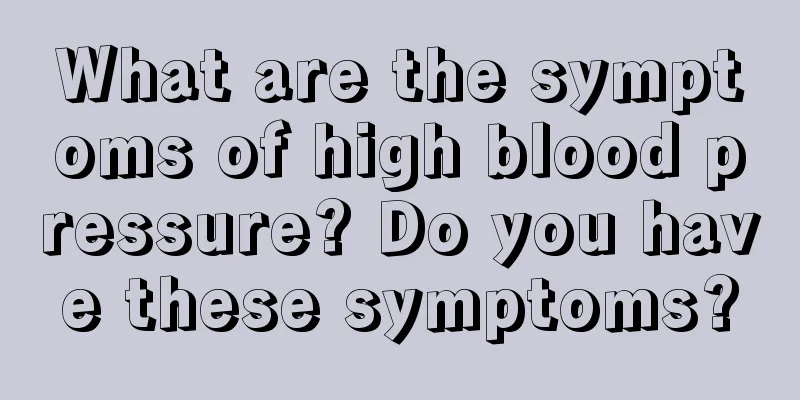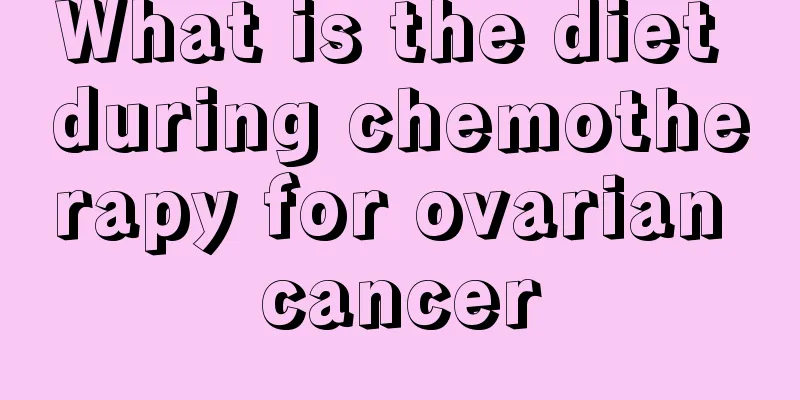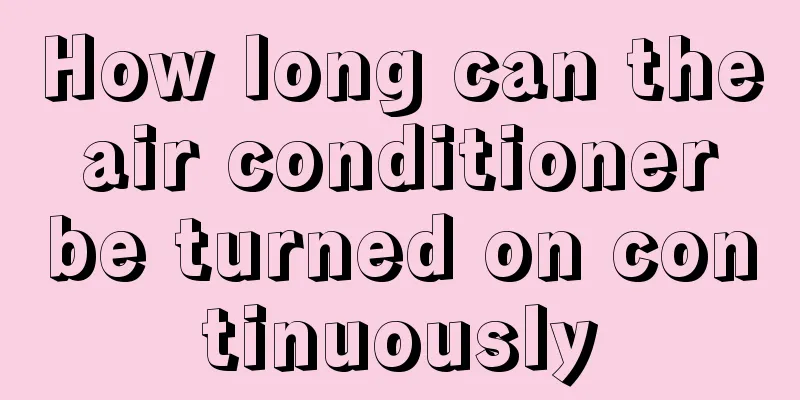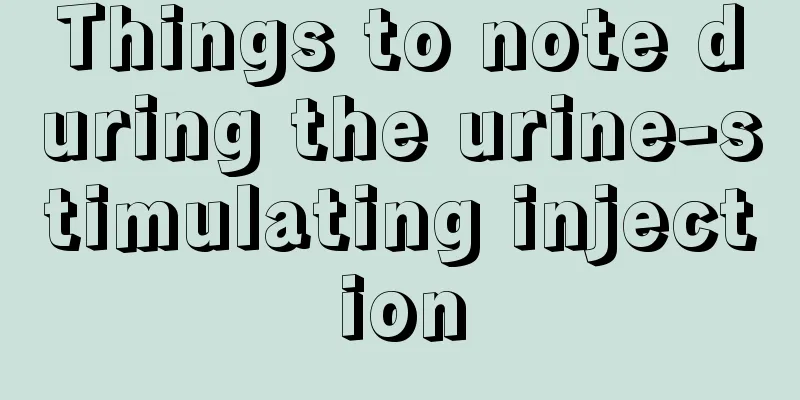What are the symptoms of high blood pressure? Do you have these symptoms?

|
The phenomenon of hypertension is now becoming more and more common, especially among young people. The key to this disease is to first understand some common symptoms, such as dizziness, tinnitus, fatigue and insomnia in the early stages. 1. Slow-onset hypertension 1. Early manifestations: There are usually no symptoms in the early stages. Occasionally, high blood pressure may be found during physical examinations, or dizziness, headache, blurred vision, tinnitus, insomnia, fatigue, and inattention may occur after mental tension, emotional excitement, or fatigue. These symptoms may be caused by higher-level mental dysfunction. Blood pressure only rises temporarily in the early stages, and as the disease progresses, blood pressure continues to rise and organs are affected. 2. Brain manifestations: Headache and dizziness are common, mostly caused by emotional excitement, excessive fatigue, climate change or discontinuation of antihypertensive drugs, sudden increase in blood pressure, severe headache, visual impairment, nausea, vomiting, convulsions, coma, transient hemiplegia, aphasia, etc. 3. Cardiac manifestations: In the early stage, heart function is compensated and symptoms are not obvious. In the later stage, heart function is decompensated and heart failure occurs. 4. Renal manifestations: Long-term hypertension leads to renal arteriosclerosis. When renal function is impaired, it can cause nocturia, polyuria, protein, casts and red blood cells in the urine, poor urine concentrating function, phenol red excretion and urea clearance disorders, and the occurrence of azotemia and uremia. 5. Arterial changes. 6. Changes in the fundus. 2. Acute hypertension Also known as malignant hypertension, it accounts for 1% of hypertension. It can be a sudden change from a slowly progressive type, or it can start suddenly. Malignant hypertension can occur at any age, but it is most common in 30-40 years old. Blood pressure is significantly elevated, and diastolic pressure is mostly above 17.3Kpa (130mmHg). There are symptoms such as fatigue, thirst, and polyuria. Vision decreases rapidly, and there are retinal hemorrhages and exudations in the fundus. There is often bilateral optic disc edema, and proteinuria, hematuria and renal insufficiency appear rapidly. Heart failure, hypertensive encephalopathy and hypertensive crisis may also occur. The course of the disease progresses rapidly and most patients die of uremia. |
<<: What are the hazards of high blood pressure? These aspects have a great impact
>>: 5 tips to relieve foot bone hyperplasia
Recommend
Indications and contraindications for lung cancer surgery
Although surgery is the best treatment for lung c...
How to take care of your body after colon cancer surgery? 3 dietary principles after colon cancer surgery
Intestinal cancer is a disease that poses a huge ...
Will eating mango cause internal heat?
Although mangoes are delicious, many people will ...
How to Self-Diagnose Skin Cancer
Skin cancer also shows certain characteristic sym...
What causes dandruff
Excessive dandruff is embarrassing and troublesom...
Does saffron tea nourish the kidneys?
Saffron is a very common medicinal material. You ...
Common prevention methods for lung cancer include: You should start with these three aspects to prevent lung cancer
Foreign studies have proven that quitting smoking...
What are the causes of gallbladder cancer
At present in our country, the incidence rate of ...
What are the functions and effects of Imperata root?
In fact, Imperata root is widely used because it ...
How can lung cancer patients survive? Introduction to the treatment principles of lung cancer in the elderly
Lung cancer is a very common disease. This diseas...
Liver cancer staging standards
The staging standards for liver cancer mainly inc...
What to do if you have insomnia? 4 methods to teach you how to solve insomnia
Insomnia is a very painful thing. The most comfor...
The relationship between ears and kidneys
Everyone knows that the ear is an important part ...
How to check for anaplastic thyroid cancer
Undifferentiated thyroid cancer is a type of mali...
Does yogurt need to be refrigerated
Yogurt needs to be refrigerated, otherwise it wil...









